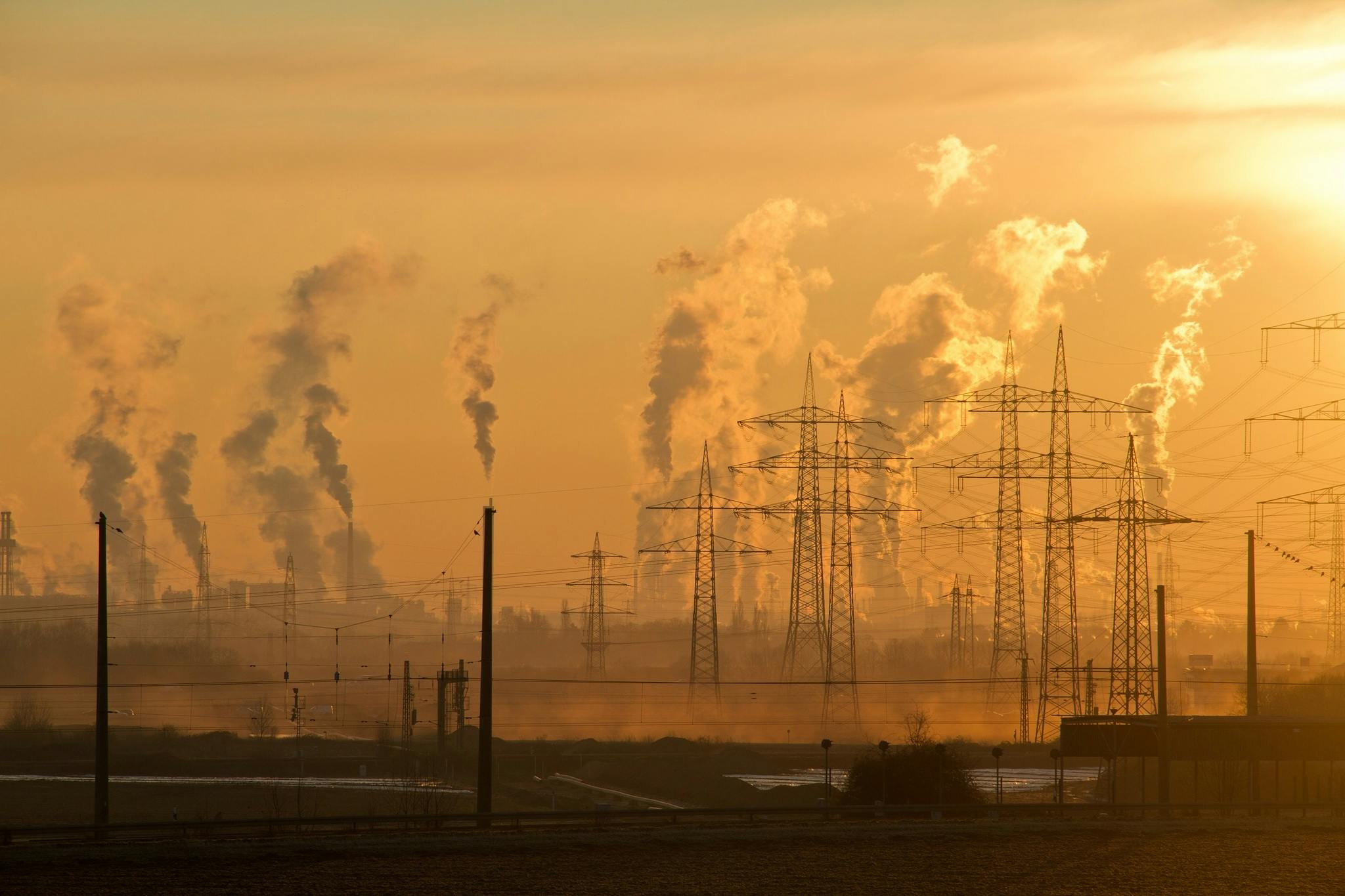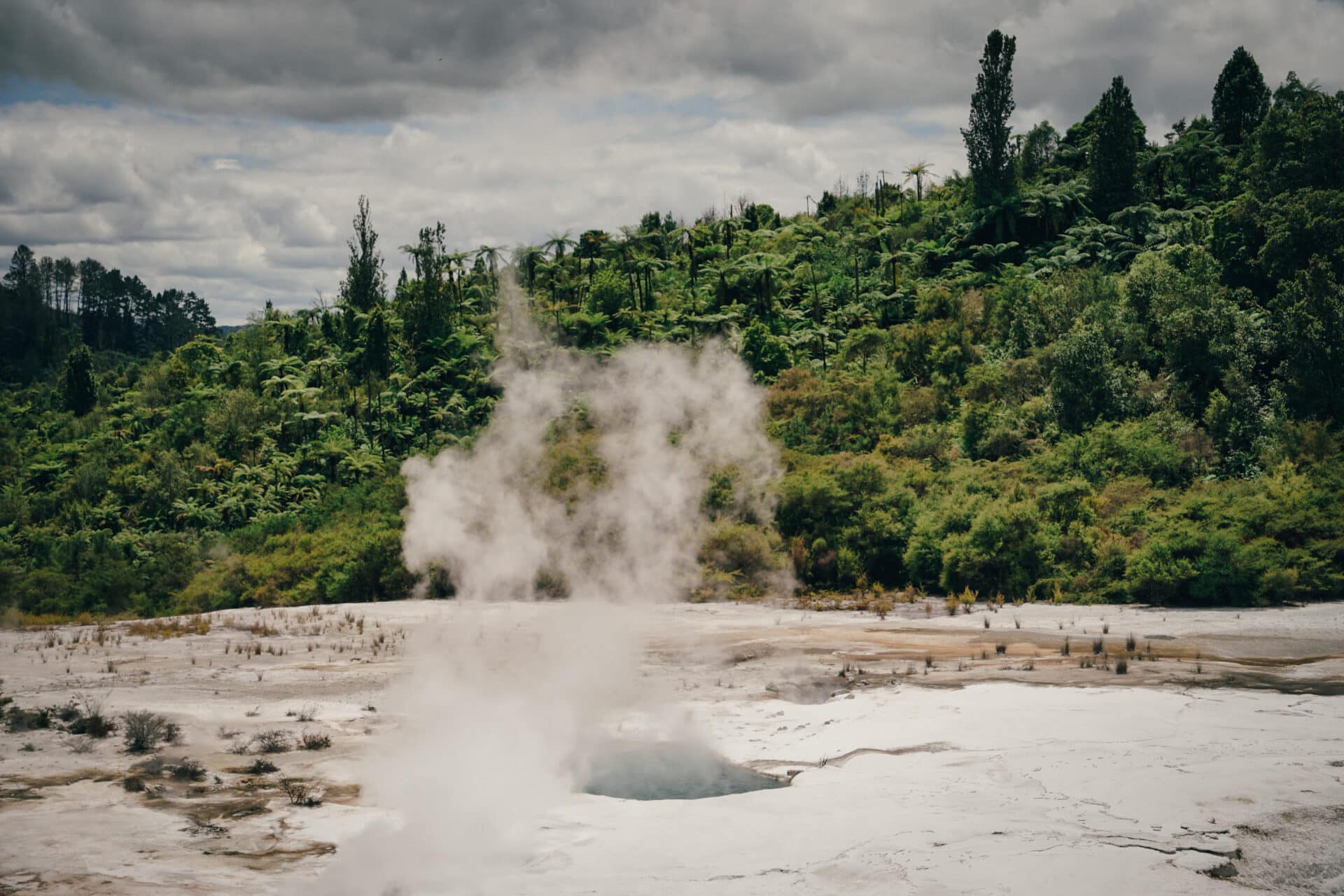Steam distillation is a process that is used to separate and purify liquids through the use of steam. It is a form of distillation that uses steam as the separating medium, rather than using direct heat. Steam distillation is especially useful for extracting essential oils from plants, as it allows for the separation of both volatile and non-volatile components from each other. This process has been used for centuries, and is still an important method of extraction today. In this article, we will discuss what steam distillation is, how it works, and how to steam distill.Steam Distillation is a special type of distillation process that uses steam to separate mixtures of liquids that have different boiling points. In this process, steam is introduced at the bottom of a distillation column and passes up through the mixture, causing it to vaporize. The vaporized mixture then exits the top of the column, where it is condensed into liquid form and collected in a receiving flask.
Equipment Required for Steam Distillation
Steam distillation is a technique used to separate organic compounds from a mixture. It involves boiling a liquid mixture in a distillation flask and collecting the vapors produced. To do this, specialized equipment is needed, such as flasks, condensers, and tubing. The following provides an overview of the equipment used for steam distillation.
The most important piece of equipment used in steam distillation is the distillation flask. This is a round-bottomed flask with a sealed lid that is designed to withstand high temperatures and pressures. The lid should be securely fitted to prevent any leakage or evaporation of the mixture during the distillation process. Additionally, it should be fitted with an adapter to attach a condenser or other apparatus.
Another important item needed for steam distillation is the condenser. This device helps to cool the vaporized liquid so that it can be collected in another container or vessel. Condensers come in various types, such as coil, air-cooled, and jacketed condensers. It is important to select one that is suitable for
Preparing the Apparatus for Steam Distillation
Steam distillation is a popular method used in the laboratory to separate organic compounds. This process involves heating a mixture of substances in order to steam off the more volatile components, which can then be collected and analyzed. Preparing the apparatus for steam distillation requires careful consideration of safety protocols and attention to detail.
First, all glassware must be inspected for cracks or damage that may compromise safety or yield inaccurate results. The chosen flask should have a wide opening and be able to accommodate a condenser with some space left over for the vaporization of the material being distilled. A thermometer must also be inserted into the flask prior to assembly in order to measure the temperature of the process.
Next, an efficient condenser should be selected in order to ensure that as much vaporized material as possible will condense back into liquid form. If necessary, two condensers can be placed in series in order to achieve greater efficiency. The condenser should also be connected securely to a water source and desiccant line if needed.
Once all components are assembled, it is important to test fit everything together and ensure
Choosing the Right Solvent for Steam Distillation
Steam distillation is a popular method of separating volatile components from non-volatile components in a mixture. It involves the use of a solvent to help with the process, and it is important to choose the right one. There are various factors to consider when selecting a solvent for steam distillation, such as its boiling point, solubility, and chemical inertness.
The boiling point of the solvent should be lower than that of the components being separated. This ensures that the steam will vaporize them before they reach their boiling points. The solubility of the solvent should also be taken into consideration. A good choice would be one with low solubility in water, as this helps prevent the separation process from becoming contaminated with additional elements from the solvent.
Chemical inertness is also an important factor when selecting a solvent for steam distillation. The solvent should not react with any of the components in the mixture, or else it could change their composition during the separation process. This could lead to inaccurate results and could even cause contamination if some of the reaction products are more volatile than others.
Collecting and Measuring the Distillate
Distillation is a process used to separate components of a liquid mixture based on their different boiling points. The distillate is the resulting liquid that is left after the process of distillation. Collecting and measuring the distillate is an important step in this process, as it allows for further analysis of its components.
In order to collect and measure the distillate, it must first be separated from the other components in the mixture, typically by using a separatory funnel or fractional column. Once separated, it is then collected in a graduated cylinder or other container for measuring. A hydrometer can then be used to measure the specific gravity of the distillate, which can provide information on its chemical composition.
The amount of distillate collected should also be recorded in order to accurately track production yields and other relevant data points. If possible, it is best to collect multiple samples from different points during the distillation process so that an accurate analysis can be made of any changes in composition over time. This can help identify potential problems that may arise during

Increasing the Quality of the Distillate
Distillation is a process used to separate liquids from solids, and it is widely used in the production of alcohol. The quality of the distillate produced depends on several factors, including the quality of the raw materials used, the temperature and pressure used during distillation, and the equipment employed. To ensure that only high-quality distillates are produced, it is important to take steps to improve the quality of the distillate.
One way to increase the quality of a distillate is by using better raw materials. Using high-quality grains or fruits can significantly improve the taste and aroma of a spirit. It is also important to use fresh ingredients and avoid using any additives that could taint or alter the flavor of a spirit.
Another way to increase the quality of a distillate is by controlling temperature and pressure during distillation. Distilling at too high or too low temperatures can produce undesired results, so it is important to keep these at optimal levels for best results. Additionally, different spirits require different pressures during distillation;
Factors Influencing Steam Distillation Efficiency
Steam distillation is a process used to separate compounds that have different boiling points. The efficiency of steam distillation can be affected by a variety of factors, including the composition of the mixture being distilled, the temperature and pressure of the distillation process, and the type of equipment used.
The composition of the mixture being distilled plays an important role in steam distillation efficiency. For example, if the mixture contains an oil or wax, the boiling points of these components will be much higher than those of water or alcohols. This can make it more difficult to achieve complete separation during distillation, as some components may remain in the liquid phase instead of vaporizing.
Temperature and pressure are also important factors influencing steam distillation efficiency. If the temperature is too low or too high, some components may not vaporize properly and will remain in the liquid phase. Similarly, if there is too much or too little pressure during distillation, some components may not vaporize completely and remain in the liquid phase as well.
Finally, the type of equipment used for steam distillation can also affect its efficiency. For example,

